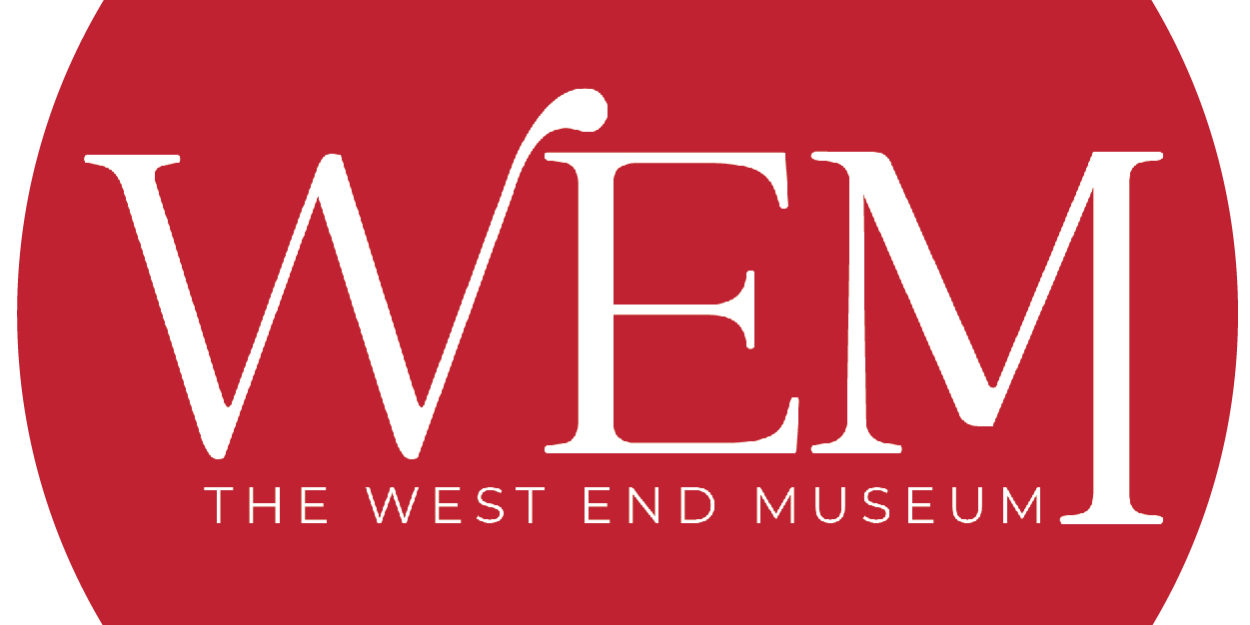December 2014 Newsletter
Photo Exhibit Exposes Resident's View of West End in Flux, Captures Ongoing Changes Since 1998
From January 6 through February 28, 2015, The West End Museum will host a new exhibit, The New West Enders & Other Green Monsters, in its Main Exhibit Hall. Images by photographer Lolita Parker, Jr. document the rapid-fire changes in Boston’s West End over the past 16 years. Set against a backdrop of Garden events, sports bars and endless construction, Parker’s wide-angle perspective ranges from the personal to the political. The show reception takes place on Thursday, January 15 at 5:30 p.m., when attendees can tour the exhibit and enjoy light refreshments. The exhibit and reception are free and open to the public.
Parker’s photos powerfully and beautifully capture the projects, events and people that have reshaped and re-energized the West End since 1998—from the 2004 Democratic National Convention to the lone flower merchant who has been a North Station icon for over 20 years; from the completion of the Central Artery to the demolition of the elevated MBTA tracks.
“While the screeching trains were noisy and the elevated tracks an eyesore to many, the El was a major character with a life of its own. I miss the play of light and shadow under… and around the tracks,” Parker said. “When we lost that green ribbon of metal and concrete in the course of one weekend, it was like someone took the roof off the neighborhood.”
While Parker is a Californian by birth, she considers herself a “Bay Stater” by birthright, having recently traced her European ancestry to the State’s early settlers. When she first visited Boston in February 1975 in the middle of a whiteout blizzard, it somehow felt like home. But it wasn’t until 1993 that she permanently settled in the City with her three children, London, Prophet and N’Dia. A resident of the West End since 1998, Parker is proud to call herself a New West Ender and looks forward to the spring when she will join a growing group of neighborhood grandparents pushing strollers along Staniford Street.
The New West Enders & Other Green Monsters is free and open to the public during regular Museum hours.
New Exhibit Traces West End Circus Tradition & History
From December 2, 2014 through January 31, 2015, The West End Museum will host a new exhibit, The Circus: A West End Tradition, in its Members Gallery. The exhibit traces the origins and development of the circus in the U.S., from the late 1700s through the present day, and its strong connections to Boston’s West End. The show reception takes place on December 13 from 4:00 to 6:00 p.m., when attendees can tour the exhibit and enjoy light refreshments. The exhibit and reception are free and open to the public.
The Circus: A West End Tradition will feature graphic panels detailing the development of the modern American circus from its very beginning through the present day and highlighting the impact of specific acts and venues in the West End. Related artifacts dating back to the early 1800s will be on display.
“The circus has been part of American entertainment since the earliest days of our nation, and—with the Boston Garden and Scollay Square—the West End has played a big role in Boston’s entertainment scene from those early days through today,” said Duane Lucia, West End Museum Board President and Curator.
In the late 1700s and early 1800s, Puritanical values ruled the day and theater was not viewed as… a suitable form of entertainment. Early circus-like attractions, however, were seen as more wholesome. So theater managers established themselves in the local entertainment landscape with such acts, which served as a springboard to later theatrical endeavors. The Circus: A West End Tradition will cover the following:
- England’s Philip Astley, credited with staging the first modern circus in London in 1768 featuring animal acts, acrobats and clowns
- John Bill Ricketts, credited with bringing the first circus to America (Philadelphia) in 1793; expanding from equestrian performances to tightrope, juggling and acrobatic acts; his traveling circus in Boston in summer 1794
- The opening of the American Amphitheater (later the National Theater) by Thomas L. Stewart in 1832 at Portland and Traverse Streets
- The propagation of the circus clown
- The advent of the sideshow or freak-show at a time when scientific study was rapidly changing; Austin and Stone’s Dime Museum in Scollay Square (modern-day Government Center/Cambridge and Court Streets)
- P.T. Barnum’s role—popularizing the dime museum model with key attraction General Tom Thumb; founding the Barnum & Bailey Circus in 1881; debuting Jumbo the Elephant in 1882
- The merger of Ringling Brothers and Barnum & Bailey; the debut of Gargantua the Gorilla in 1938
- The circus as a Boston Garden mainstay since its opening in 1928


